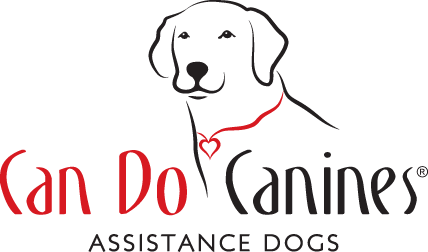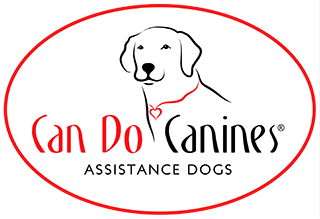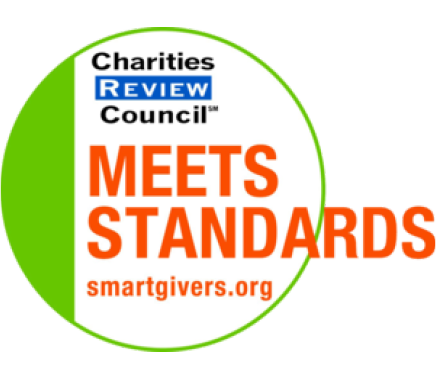From a "stand," the dog tucks their back feet in to meet their front feet; front feet do not move. From a "down," the dog’s shoulders rise up and their back feet move to meet their front feet; the front feet do not move. Can be completed at a distance, in motion and at handlers sides. "Stay" is implied; requires release or next cue.
Impact on the dog's future work: We teach our dogs to sit, stand, and lie down so the dog keeps their feet in the same spot when changing positions. This is helpful so the dog doesn’t end up too far forward or behind the client.
Cue: Down
From "stand," the dog folds back into a "down"; the front feet do not move and the dog does not sit first. From a "sit," the dog collapses downwards; the dog's front feet do not move. This can be completed at a distance, in motion, and at the handler's sides. "Stay" is implied; requires release or next cue.
Impact on the dog's future work: We teach our dogs to sit, stand, and lie down so the dog keeps their feet in the same spot when changing positions. This is helpful so the dog doesn’t end up too far forward or behind the client.
Cue: Stand
From a "down," the dog rises up and forward and kicks back feet out. From a "sit," the dog kicks their rear feet backwards. The front feet do not move in either case. A pop-up stand is acceptable where the dog’s front feet leave the ground, though they retain original placement upon landing. Can be completed at a distance, in motion, and at the handler's sides. "Stay" is implied; requires release or next cue.
Impact on the dog's future work: We teach our dogs to sit, stand, and lie down so the dog keeps their feet in the same spot when changing positions. This is helpful so the dog doesn’t end up too far forward or behind the client.
Cue: Come
The dog recalls quickly to the front zone, within touch distance of the handler. The dog is able to recall from a distance and away from distractions.
Impact on the dog's future work:Our dogs need to have a reliable recall cue inside the home and in fenced areas outside. Our clients may not be able to easily go and get the dog, which is why a solid recall cue is important.
Cue: Park
While the handler is seated, the dog will come to the front zone, circle to face the same direction as the handler, lie down, and back underneath the handler’s seat. "Stay" is implied; requires release or next cue.
Impact on the dog's future work: The park cue allows the clients to easily position their dogs under a chair. This cue is helpful because it keeps them nicely tucked under the chair and out of the way.
Cue: Visit
The dog rests their chin on a surface such as a chair or the handler’s leg. When visiting the handler, the dog only approaches from the sides, never the front. This cue implies duration; the handler should be able to pet the dog, attach the leash, clip the collar, etc. while the dogs rests their chin.
Impact on the dog's future work: The "visit" cue is the foundation for many of the higher-level skills the dogs learn while in final training. Some of these skills are snuggling on cue or retrieving an item to the client's lap. Visit also provides an easy way for the client to check the dog's ears, eyes, and teeth.




